14 Things You Should Stop Buying in 2025 to Save Money

As we enter 2025, many of us are focused on improving our financial habits. With rising costs and economic uncertainty, it’s more important than ever to take control of our spending. One of the easiest ways to start saving money is by identifying purchases that are draining our wallets without adding significant value to our lives. In this blog, we’ll explore 14 things you should stop buying in 2025 to help you save money and make smarter, more sustainable choices.
1. Single-Use Plastics
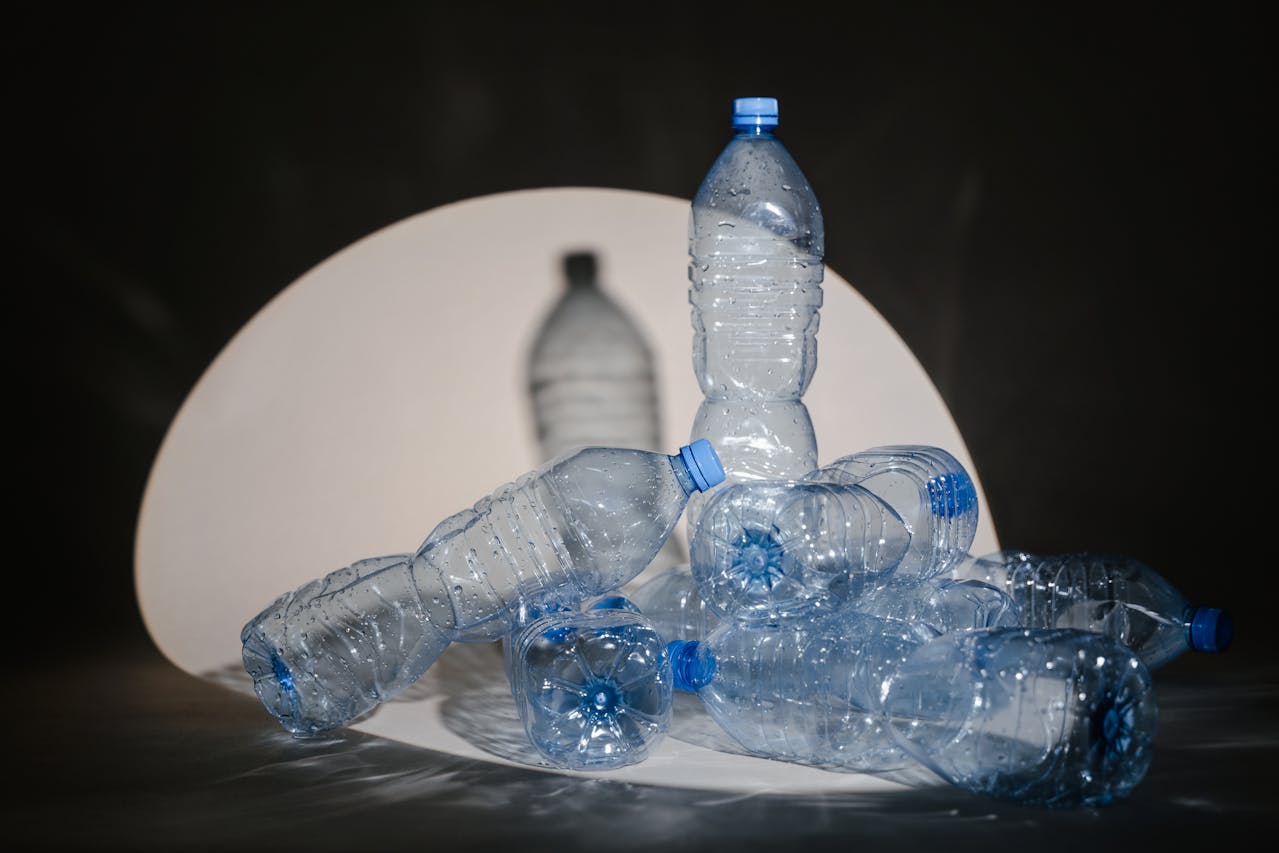
Single-use plastics are convenient, but they come at a cost. Whether it’s disposable water bottles, plastic straws, or plastic utensils, these items are often used once and thrown away. Over time, this constant purchasing can add up. The environmental impact is also significant, contributing to pollution and waste. Instead, consider investing in reusable alternatives like stainless steel water bottles, bamboo straws, and reusable shopping bags. These simple changes can save you money and reduce your environmental footprint.
2. Trendy Fast Fashion

Fast fashion is a tempting option for updating your wardrobe, but it’s often more expensive than it seems. These low-cost clothes are made from cheap materials that wear out quickly, leading you to buy more items in the long run. Instead of falling for the latest trends, focus on buying high-quality, timeless pieces that can be worn for years. Investing in a few durable, well-made garments will save you money and reduce waste in the fashion industry.
3. Expensive Coffee Shop Drinks

If you’re buying coffee from your local café every day, you may be spending more than you realize. A single coffee can cost anywhere from $5 to $7, which adds up to over $1,800 annually. Instead of relying on coffee shop drinks, consider brewing your coffee at home. With a good coffee maker or French press, you can enjoy the same high-quality beverages at a fraction of the cost. Plus, you can customize your coffee to your exact taste, saving both money and time.
4. Cable TV Subscriptions
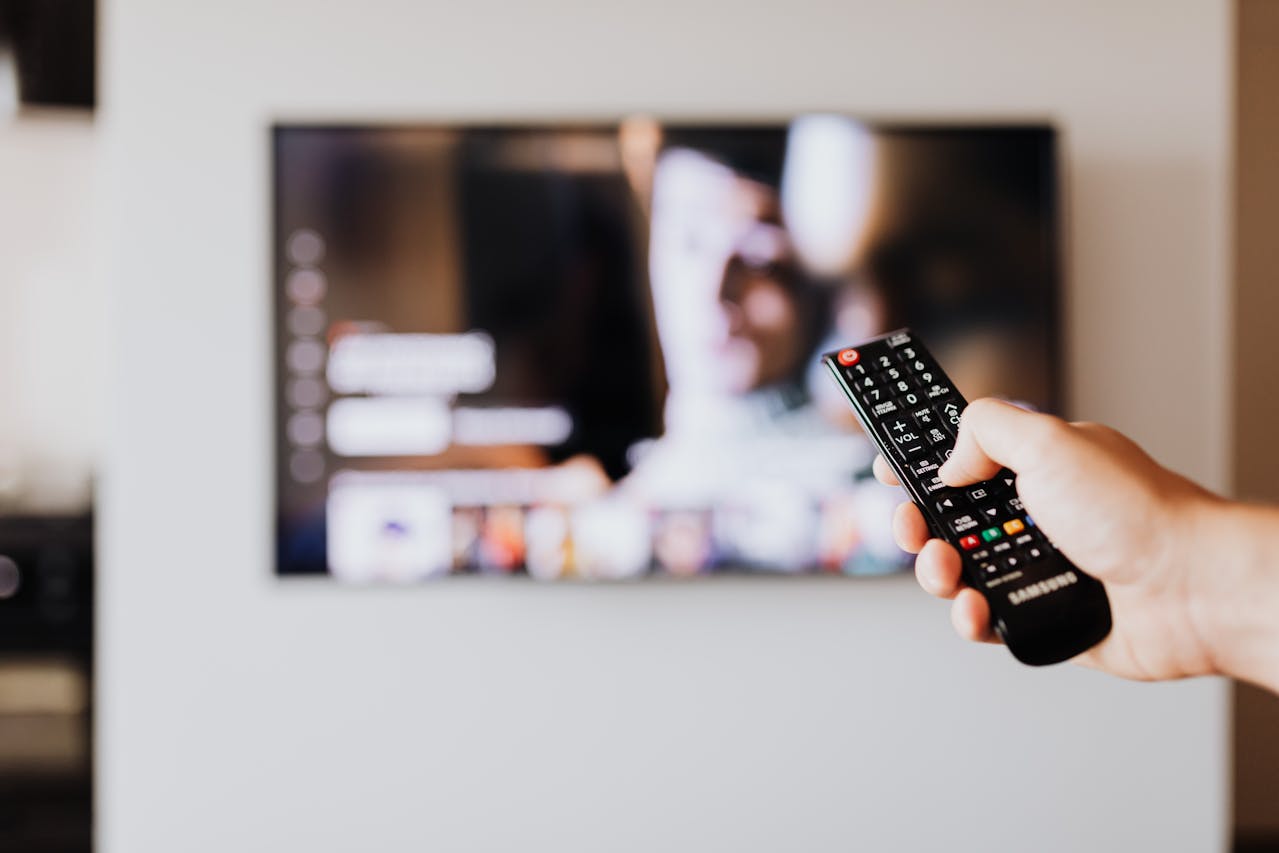
Cable TV subscriptions are becoming increasingly unnecessary with the rise of streaming platforms. With services like Netflix, Hulu, and Disney+, you can access a wide variety of content without the hefty price tag of traditional cable. Cutting the cord can save you hundreds of dollars each year. Instead of paying for cable, consider subscribing to a few streaming platforms that align with your interests. You’ll still get access to all your favorite shows and movies without the high cost.
5. Name-Brand Cleaning Products
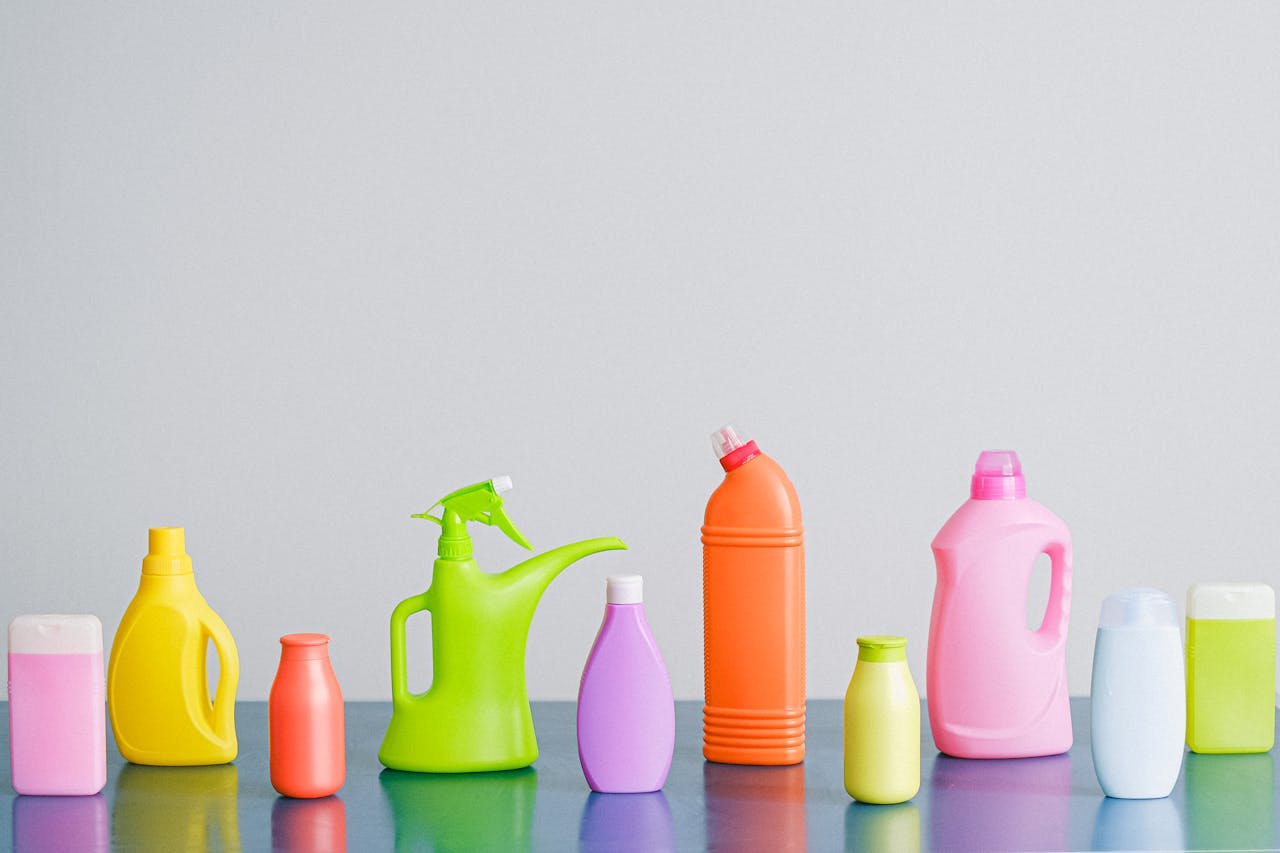
Many people believe that name-brand cleaning products are more effective, but the truth is, they often come with a hefty markup. Generic cleaning products or homemade solutions can work just as well for a fraction of the price. Common household ingredients like vinegar, baking soda, and lemon can tackle most cleaning tasks. By switching to these affordable alternatives, you can save money and reduce the chemicals in your home.
6. Gym Memberships You Don’t Use

Gym memberships can be a significant expense, especially if you’re not using them regularly. If you’ve been paying for a gym membership that you rarely use, it’s time to reassess. Instead of spending money on a membership, try exploring free or low-cost alternatives like home workouts, outdoor activities, or fitness apps. There are plenty of ways to stay active without the financial commitment of a gym.
7. Premium Smartphone Upgrades
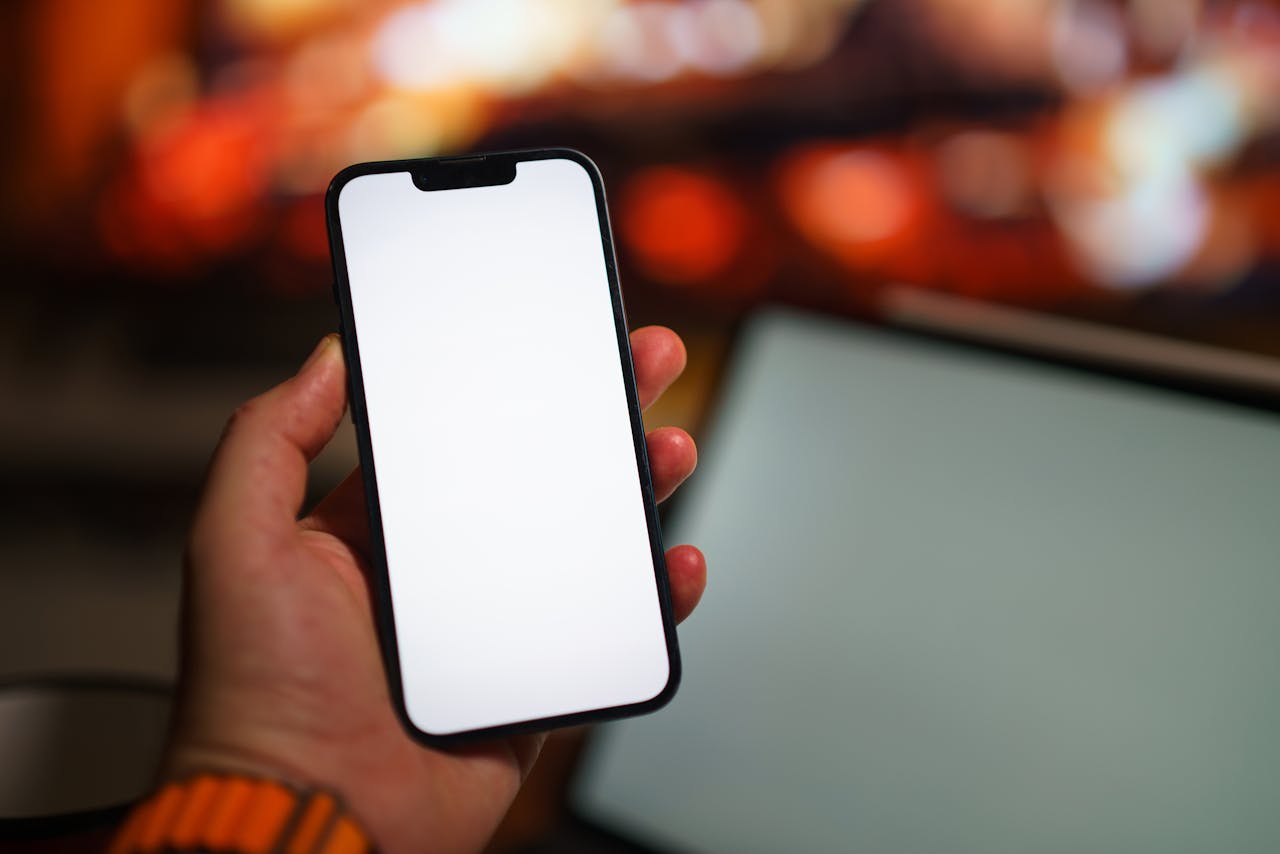
It’s tempting to upgrade to the latest smartphone every year, but this is a habit that can drain your finances. Modern smartphones are built to last several years, and the latest model may not offer enough of an upgrade to justify the cost. Instead of constantly upgrading, stick with your current phone for a few more years. You’ll save money and get more value out of your existing device.
8. Bottled Water
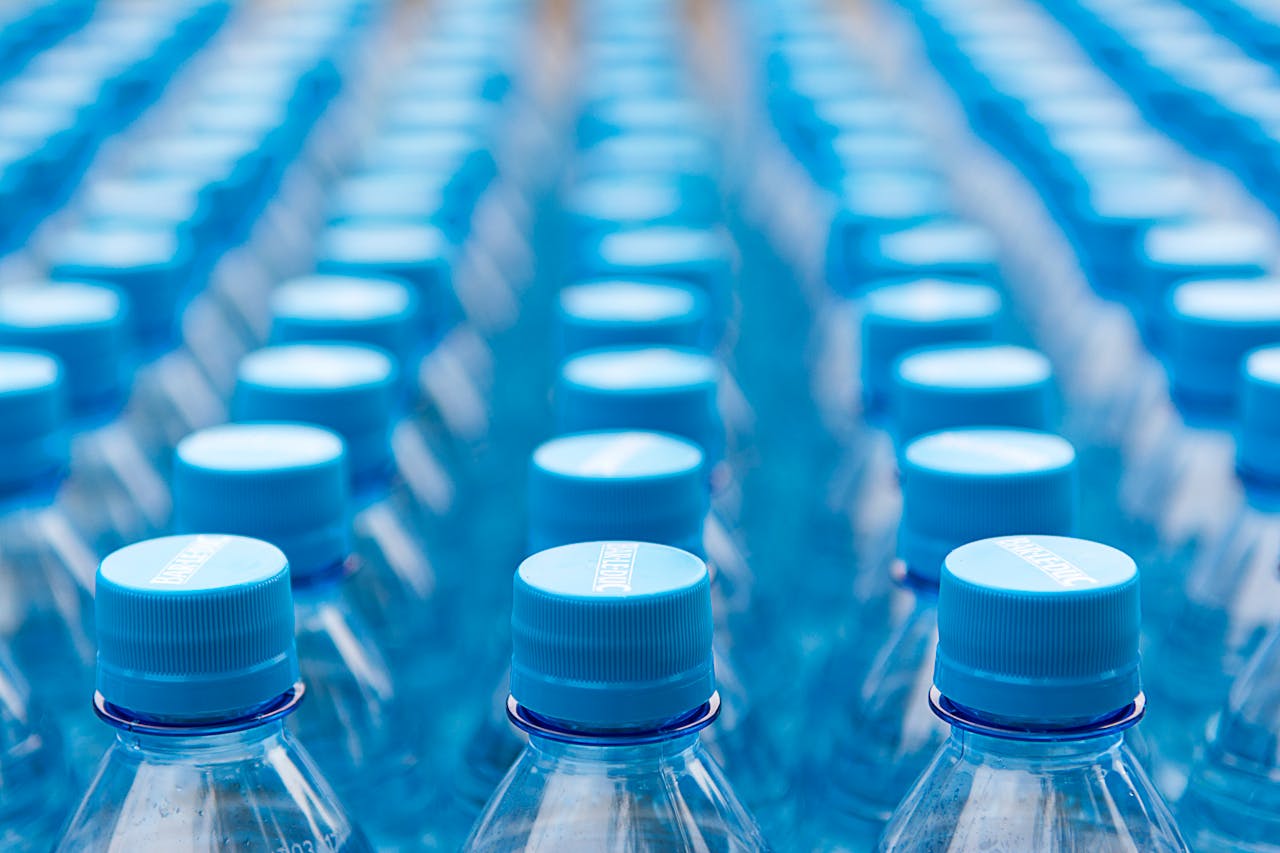
Bottled water is an expensive and wasteful habit. If you’re buying bottled water regularly, you’re spending money on something that’s essentially free from your tap. Investing in a water filter and a reusable bottle can save you hundreds of dollars each year. Plus, it’s better for the environment, as you’ll be reducing plastic waste. By making this simple switch, you can stay hydrated and save money at the same time.
9. Pre-Cut Fruits and Vegetables
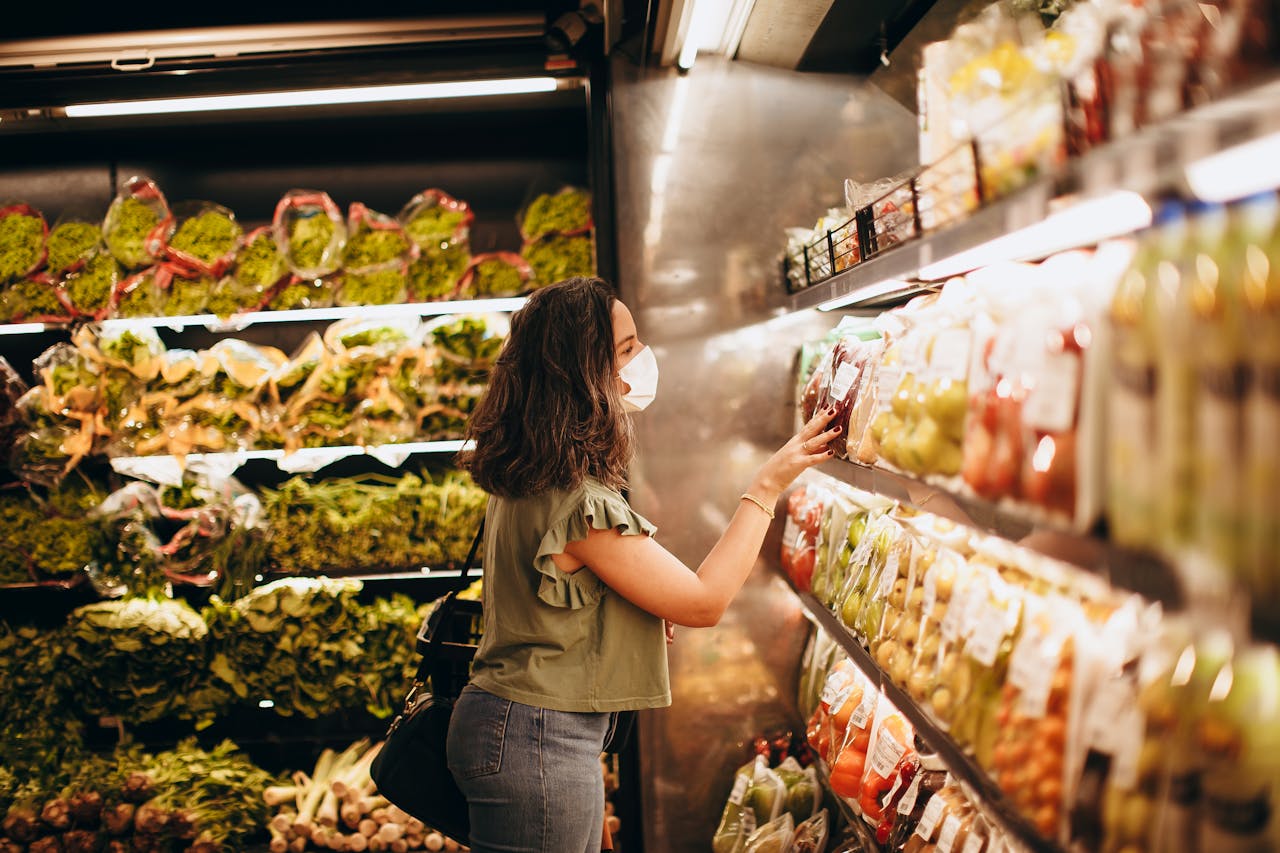
Pre-cut produce may seem convenient, but it often comes with a significant markup. The cost of buying pre-cut fruits and vegetables is much higher than purchasing whole produce and cutting it yourself. While it may take a little extra time, cutting your own fruits and vegetables will save you money and allow you to enjoy fresher ingredients. Plus, you can buy in bulk, which is often more affordable.
10. Extended Warranties
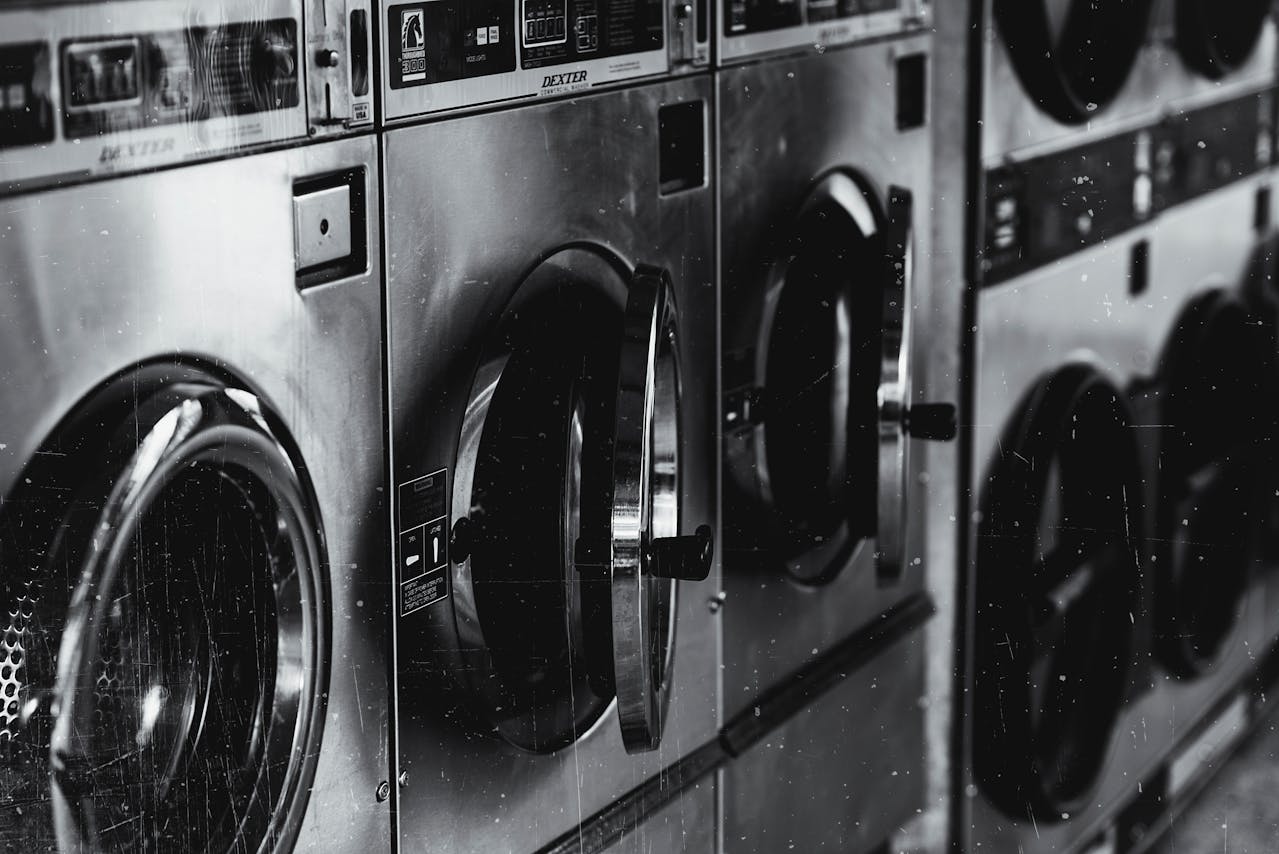
Retailers often push extended warranties for electronics and appliances, but they’re rarely worth the cost. Most products come with a manufacturer’s warranty that provides adequate coverage for the first few years. Instead of paying for an extended warranty, consider setting aside the money you would have spent into a savings account. This way, you can cover any repairs or replacements without the need for an overpriced warranty.
11. Trendy Health Supplements

The health supplement industry is flooded with products that promise to improve everything from weight loss to energy levels. However, many of these supplements are overpriced and often unproven. Instead of spending money on the latest supplement craze, focus on eating a balanced diet rich in fruits, vegetables, and whole grains. This is a more affordable and sustainable way to support your health.
12. Specialty Kitchen Gadgets

Specialty kitchen gadgets may seem like time-savers, but they often end up collecting dust in your drawers. Items like avocado slicers, egg cookers, and popcorn machines are often unnecessary and take up valuable kitchen space. Instead of buying single-use gadgets, invest in versatile, high-quality tools that can handle multiple tasks. A good chef’s knife, blender, or food processor can help you prepare a wide range of meals without the need for multiple gadgets.
13. Lottery Tickets
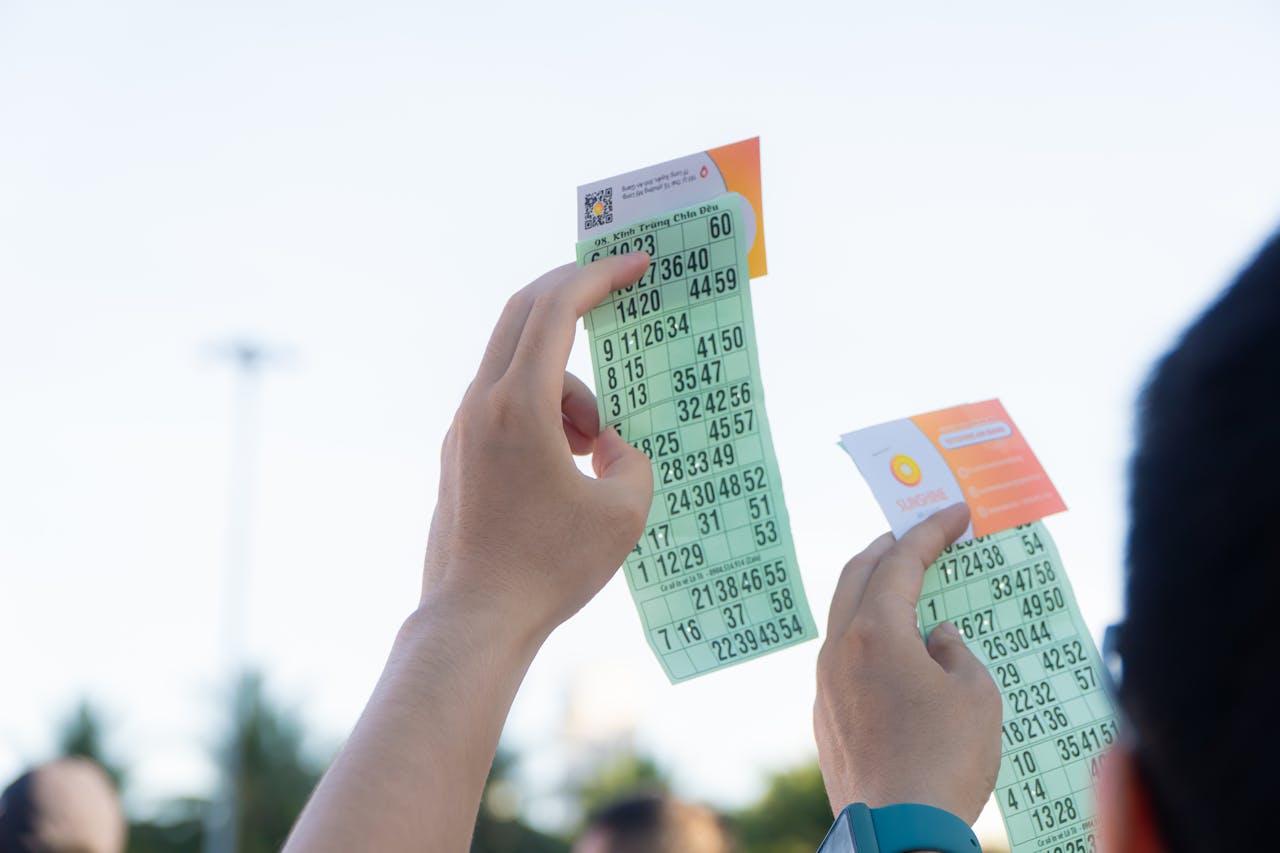
The excitement of winning the lottery is hard to resist, but the odds are slim, and the money spent on tickets is usually wasted. Instead of buying lottery tickets, consider investing that money into savings or retirement funds. Over time, this money can grow and provide a much more reliable source of financial security than the lottery ever could.
14. Overpriced Beauty Products
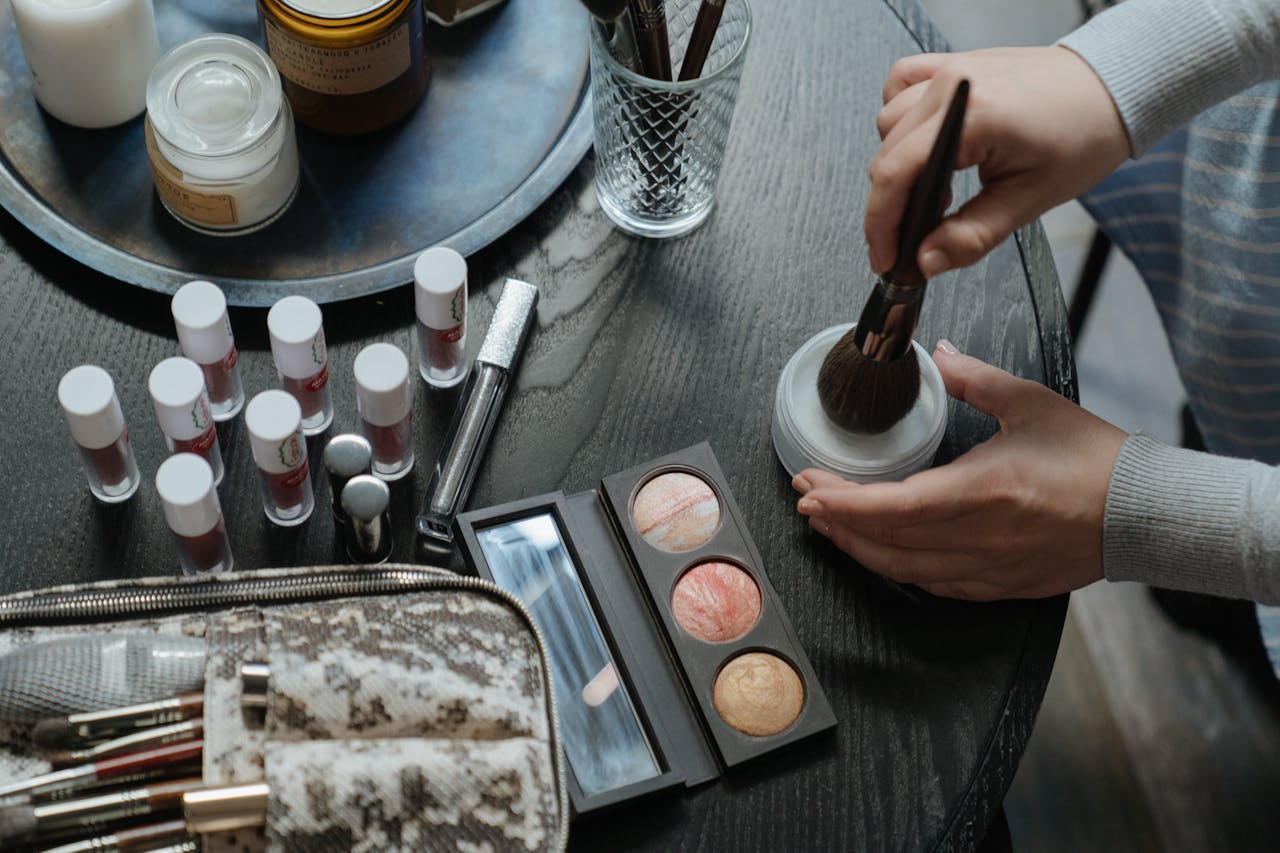
Beauty products can be a significant expense, especially when you’re constantly purchasing high-end brands that promise miraculous results. However, many drugstore brands offer similar quality at a fraction of the price. Look for affordable, dermatologist-recommended products or try DIY skincare treatments using natural ingredients like honey, aloe vera, and coconut oil. These alternatives can give you glowing skin without the high price tag.
Final Thoughts

In 2025, it’s time to take a closer look at your spending habits and make smarter choices with your money. By cutting out these 14 purchases, you can significantly reduce your expenses and start saving more. Whether you’re looking to build an emergency fund, pay off debt, or simply live a more sustainable lifestyle, these changes will help you achieve your financial goals. Start small, make gradual changes, and watch your savings grow throughout the year.
Leave a Reply